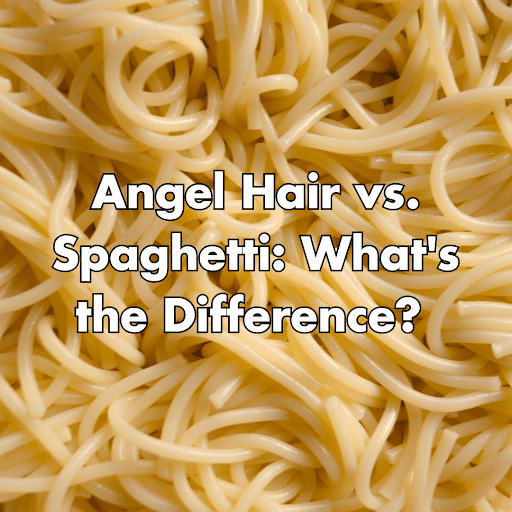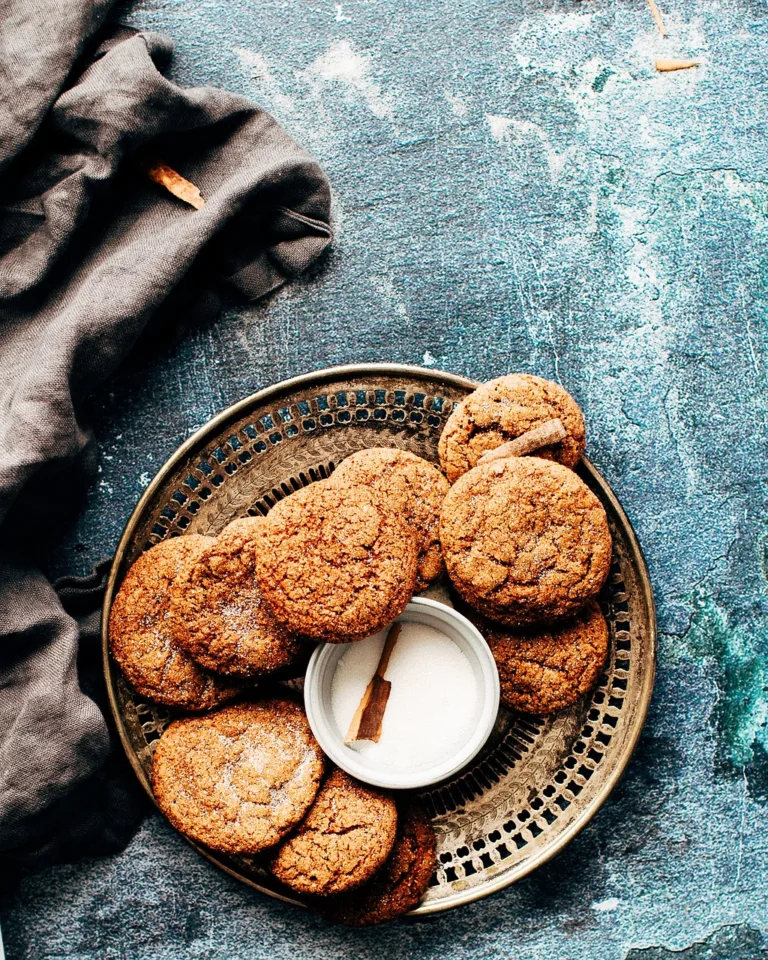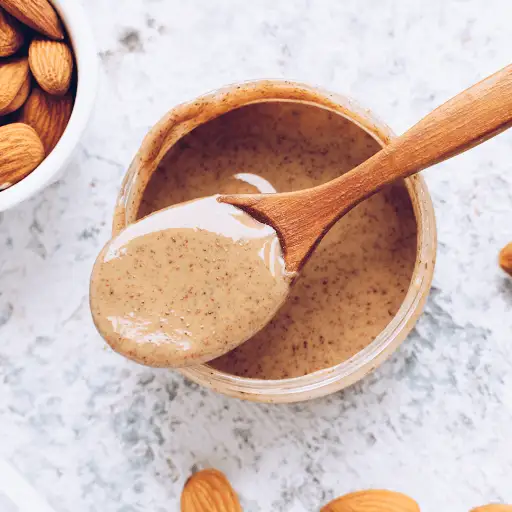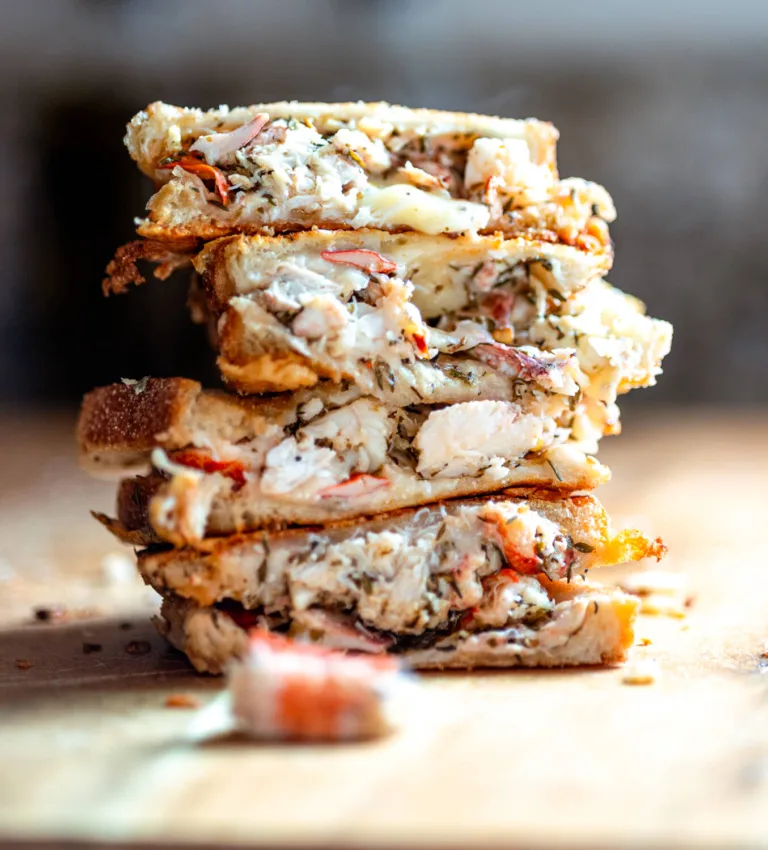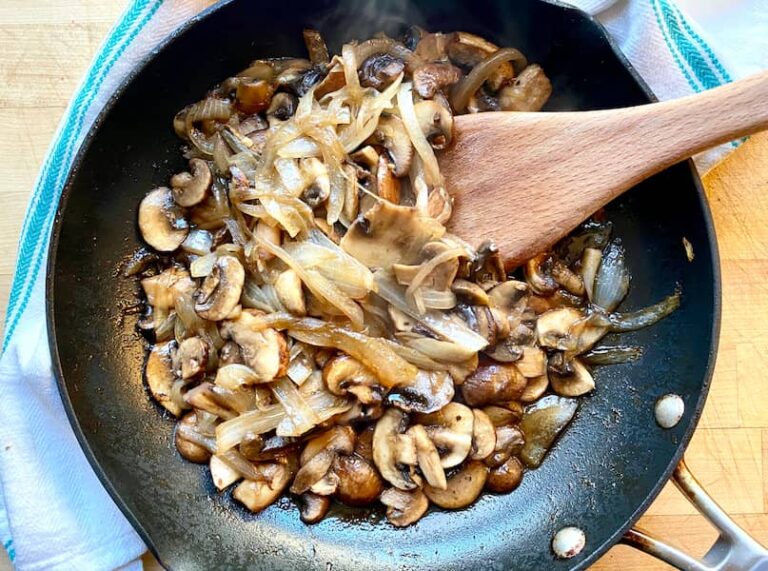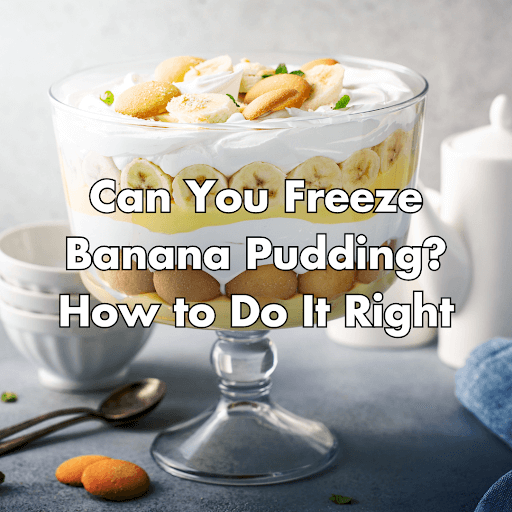We all know pasta comes in a million forms.
But when we’re talking specifically about those long pastas, it often boils down to two: angel hair and spaghetti.
And while they might look similar to the untrained eye, they’re worlds apart in how they perform.
This is something I’ve learned through countless pasta dish experiments, especially those inspired by the viral “tiktok – make” trends.

Angel Hair
Angel hair, or capellini pasta, is the skinny one. I mean skinny.
It’s like eating little hairs or, as some say, little tongues.
It’s a common misconception that it’s just “thin spaghetti,” but the difference in thickness of the pasta is significant.
The Thinness Factor: Angel hair pasta is incredibly fine, like small strings or little twine, which dictates everything about how you cook and serve it. The delicate strands require a gentle touch.
Speedy Cooking: It cooks in a flash, a much shorter cooking time than other pastas. Perfect for when you need dinner on the table, like, five minutes ago. This is why it’s a better choice for quick, light dishes.
Sauce Pairing: Stick to lighter sauces, oil-based sauce, or butter-based sauces. Think aglio e olio, pesto-based sauce, or marinara sauces. Angel hair simply can’t handle heavier sauces. Chunky sauces or thicker sauces will just overwhelm it. Creamy sauces, thick sauces, or meaty sauces are also a no-go.
Seafood and Herbs: Angel hair shines with seafood sauces and fresh herbs. A quick shrimp scampi or a lemon-herb sauce is ideal. The light texture complements the delicate flavors of seafood perfectly.
Healthier Fare: Because angel hair pairs well with lighter sauces, it’s often a healthier option. Fewer calories, less heaviness. This is important to remember when considering the outcome of your dish.
But wait, what’s capellini? Just remember, capellini pasta is just an alternate name for it. You’ll see it on menus and in grocery stores, so it’s good to know they’re the same thing.
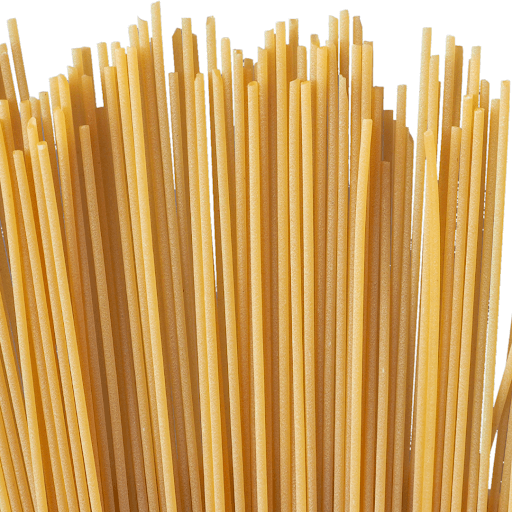
Spaghetti
Spaghetti is the classic. It’s the most popular type of pasta in the United States and the rest of the world. And for good reason. It’s incredibly versatile.
The Classic Standard: It’s the go-to for a reason. It’s versatile and satisfying. It’s what you’ll see most often in Italian restaurants.
Sauce Options: Unlike angel hair, spaghetti can handle heavier sauces. Tomato-based sauces, meaty sauces, creamy sauces, you name it. Spaghetti bolognese, cacio e pepe, and fettuccine alfredo are all fair game. It gives you a lot of room to experiment with different kinds of sauces.
Texture Matters: Spaghetti has that satisfying al dente texture that holds up well to a variety of sauces. That slight chewiness is what makes it so enjoyable.
Endless Possibilities: From simple sauces to complex ragùs, spaghetti can do it all. I’ve found many different brands in the pasta aisle that offer different textures.
The Differences in Thickness and Texture
It’s all about the thickness of the pasta. That’s what dictates the texture and how it interacts with sauces.
- Angel hair pasta is fragile and cooks quickly. It requires a gentle touch during cooking and is best paired with thinner sauces.
- Spaghetti, on the other hand, is sturdy and adaptable. It is thicker and more versatile, capable of handling a variety of cooking methods and chunkier sauces.
Sauce Pairings for Both Types of Pasta:
- Angel Hair: For angel hair pasta, a light and simple approach is best, using ingredients like extra virgin olive oil, fresh herbs, and light broths to highlight the delicate flavor of the pasta.
- Spaghetti: Spaghetti, on the other hand, can handle rich and robust sauces, making it a bold statement with ingredients like tomato sauce, cream sauce, alfredo sauce, and meaty sauces, allowing it to stand up to strong flavors.
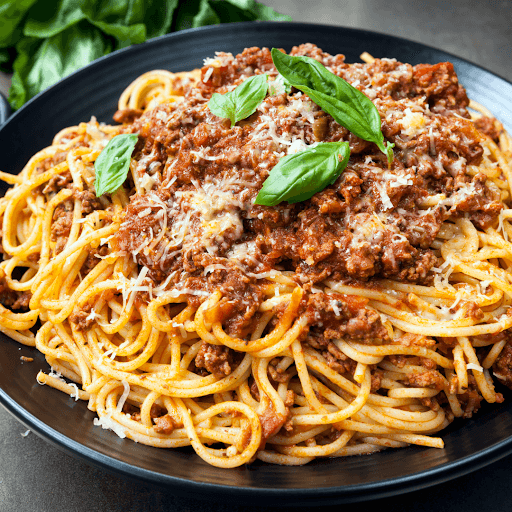
Practical Pasta Tips
- Cook al dente. It makes a huge difference in the texture of the pasta, providing a pleasant chewiness rather than a mushy consistency.
- Salt your water generously. It adds flavor to the pasta itself, which is crucial, as pasta absorbs the salted water during cooking.
- Don’t rinse unless it’s a cold water pasta salad. Rinsing removes the starch that helps the sauce adhere to the pasta, making for a less flavorful dish.
- Toss with sauce immediately. This ensures the pasta is evenly coated and prevents it from clumping together.
- Reserve some pasta water. Before draining, save a cup of the starchy water. It can be added to your sauce to thicken it and create a smoother, more cohesive dish.
- Use a large pot. Give your pasta plenty of room to move around in the boiling water. This prevents it from sticking together and ensures even cooking.
- Stir frequently during the first few minutes of cooking. This also helps to prevent sticking, especially with longer pastas like spaghetti.
- Test the pasta before draining. Don’t rely solely on the cooking time on the package. Taste a strand to ensure it’s cooked to your desired al dente texture.
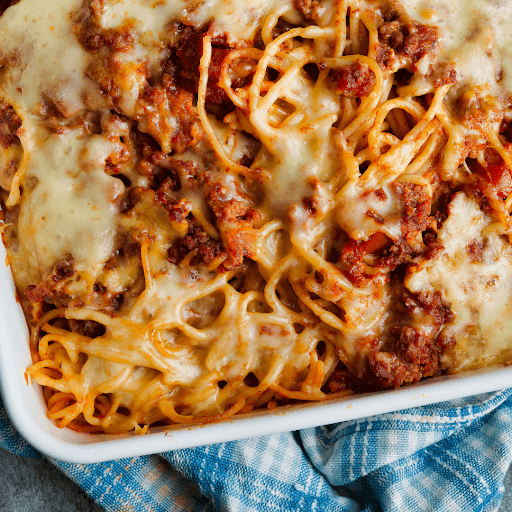
Frequently Asked Questions (FAQs)
Q: Is it a good idea to use angel hair pasta for a spaghetti bolognese recipe?
A: Not ideal. The thick, meaty sauce will overpower the delicate pasta, and you won’t get a good balance of flavors.
Q: What is the difference between regular spaghetti and bucatini pasta?
A: Bucatini is thicker than regular spaghetti and has a hollow hole running through the center of each cylindrical noodle.
Q: Can I use angel hair pasta in cold pasta salads, and if so, what precautions should I take?
A: Yes, you can, but be gentle! Angel hair is very delicate and can break easily. Use a light dressing and toss it carefully.
Q: Are egg noodles and spaghetti the same type of pasta?
A: No, they are not. Egg noodles contain eggs, which gives them a richer flavor and a different, often softer, texture compared to spaghetti. They are flat noodles.
Q: What are ribbon-cut pastas, and how do they differ from spaghetti?
A: Ribbon-cut pastas are flat, wide pastas like fettuccine and pappardelle. They differ from spaghetti, which is a cylindrical strand of pasta.
Q: Is squid ink pasta a different shape from regular spaghetti, or is it just colored differently?
A: Squid ink pasta is typically the same shape as regular spaghetti, but it is colored with squid ink, giving it a dark, almost black appearance.
Q: Are there specific pasta shapes used in Thai cuisine, and if so, what are they?
A: Yes, rice noodles are commonly used in Thai cuisine. These noodles come in various shapes and thicknesses, but they are made from rice flour, not durum wheat flour.
Q: What is the most common mistake people make when cooking pasta, and how can it be avoided?
A: The most common mistake is not salting the water enough. Generously salting the water adds flavor to the pasta itself and helps it cook properly.
Q: Are there any other kinds of pasta that are similar to spaghetti?
A: Yes, there are many different types of pasta, including long strands like linguine, and short tubes like penne and short tubes, or even wagon wheels, little ears, or little ribbons.
Whether you’re after a light, quick meal or a hearty, satisfying one, the right pasta makes all the difference.
Understanding the differences between angel hair and spaghetti, and all the different types of pasta, will help you make better decisions in the kitchen and elevate your pasta game.
Which do you prefer: angel hair or spaghetti?

